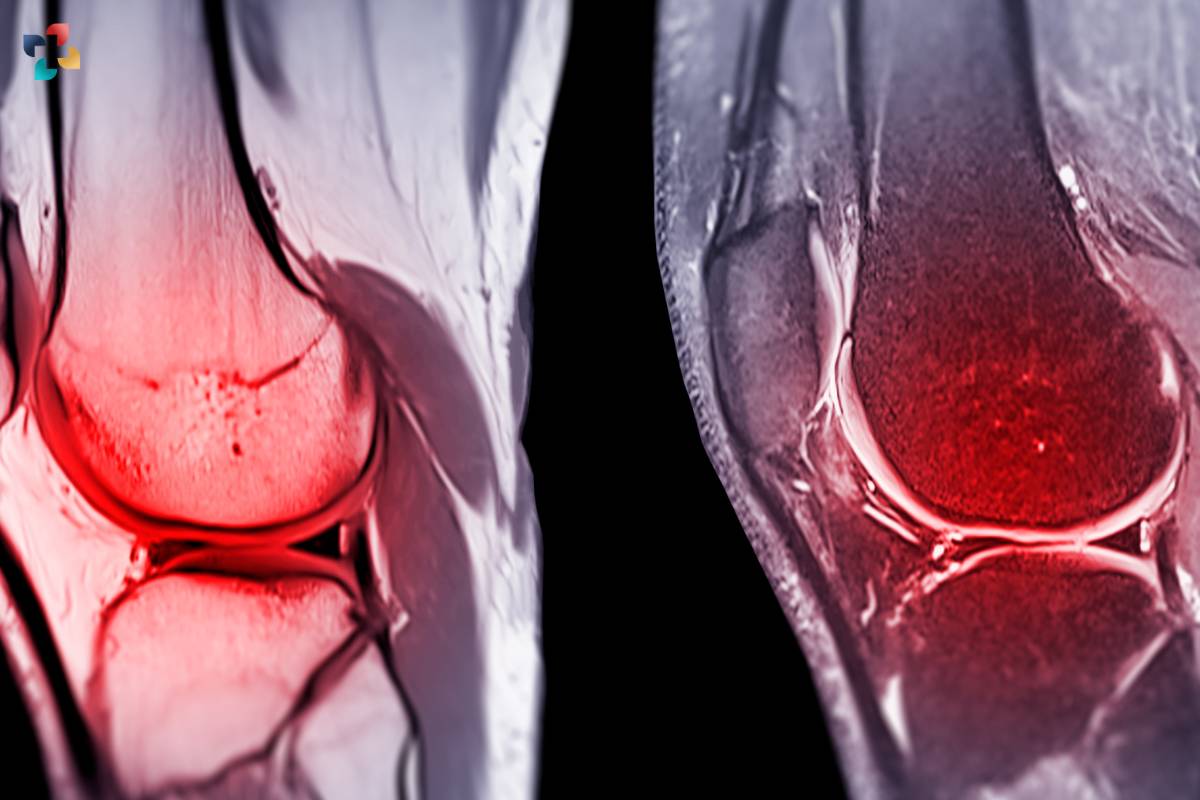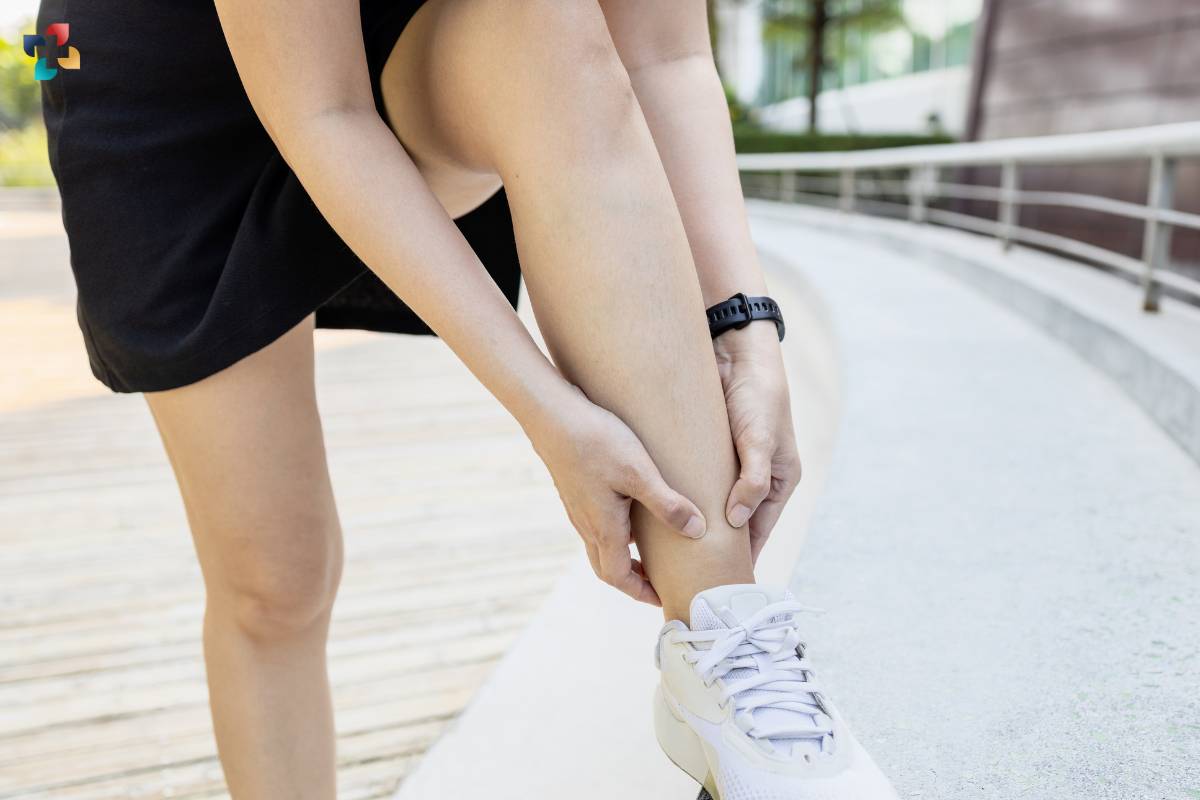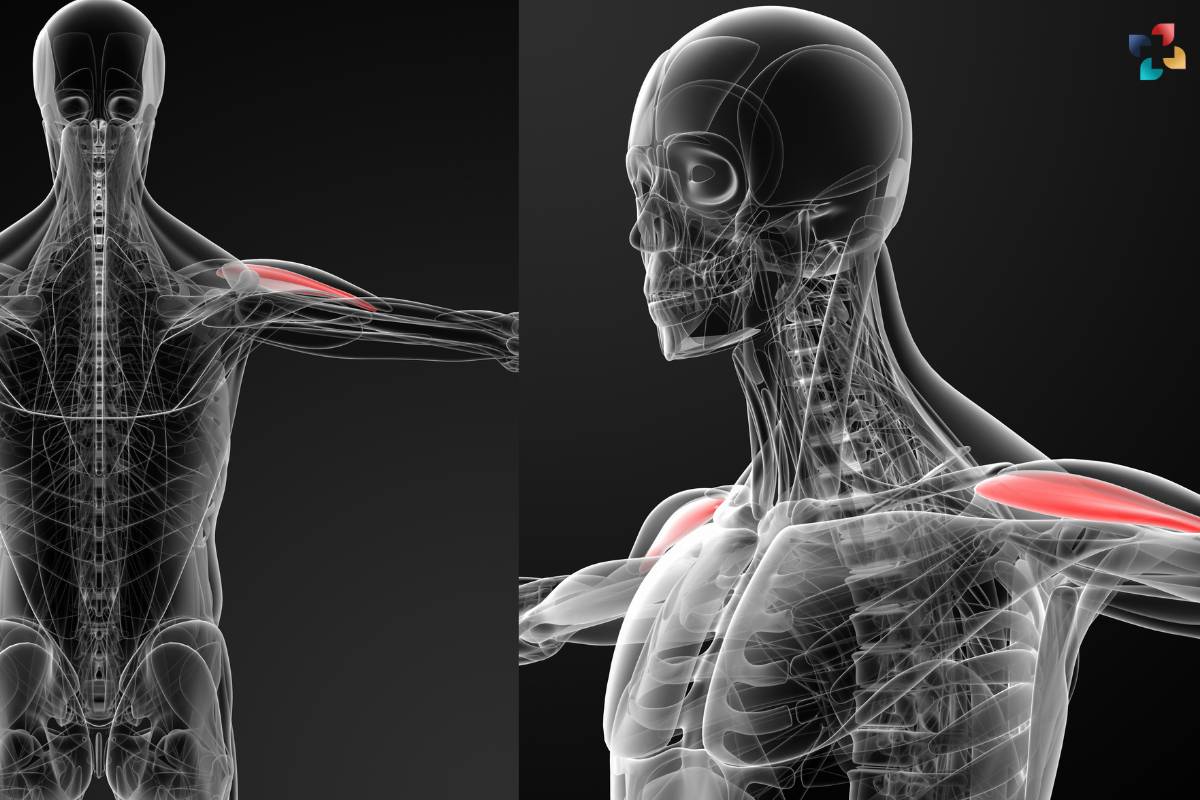The Anterior Tibialis Muscle, although often overlooked, plays a crucial role in the movement and stability of the lower leg and foot. This article aims to provide a comprehensive understanding of the Anterior Tibialis Muscle, including its anatomy, function, and common injuries.
Anatomy of the Anterior Tibialis Muscle:
The Anterior Tibialis Muscle is located in the anterior compartment of the lower leg. It originates from the lateral condyle and upper two-thirds of the tibia, as well as the interosseous membrane. From its origin, the muscle extends down the leg, passing behind the medial malleolus, and inserts into the medial and inferior surfaces of the first cuneiform and base of the first metatarsal bone.
The Anterior Tibialis Muscle, often referred to as the shin muscle, is a slender muscle located on the front of the lower leg. Its origins lie along the lateral condyle and upper two-thirds of the tibia, a bone situated in the lower leg. Additionally, the muscle also attaches to the interosseous membrane, which connects the tibia and fibula, the two bones of the lower leg.
From its point of origin, the Anterior Tibialis Muscle extends downward along the front of the leg, passing behind the medial malleolus, a bony prominence on the inner side of the ankle. It then proceeds to insert into the medial and inferior surfaces of the first cuneiform bone and the base of the first metatarsal bone, which together form part of the arch of the foot.
The muscle’s extensive reach and attachment points allow it to play a significant role in dorsiflexion, or the movement that lifts the foot upwards towards the shin, as well as in maintaining balance and stability during activities such as walking, running, and jumping.
Function of the Anterior Tibialis Muscle:

The primary function of the Anterior Tibialis Muscle is dorsiflexion of the foot, which involves lifting the foot upward towards the shin. This action is essential for walking, running, and maintaining balance during various activities. Additionally, the Anterior Tibialis Muscle assists in inversion of the foot, which occurs when the sole of the foot turns inward.
The Anterior Tibialis Muscle serves as a key stabilizer during activities such as walking, running, and jumping, helping to prevent the foot from dropping too quickly after heel strike and facilitating smooth transitions between steps.
- Dorsiflexion: The primary function of the Anterior Tibialis Muscle is to dorsiflex the foot, lifting the toes and front of the foot upward towards the shin.
- Inversion: The muscle also aids in inversion of the foot, which involves turning the sole of the foot inward.
- Stabilization: It plays a crucial role in stabilizing the ankle joint during weight-bearing activities, preventing excessive rolling or twisting of the foot.
Common Injuries of the Anterior Tibialis Muscle:
Despite its importance, the Anterior Tibialis Muscle is susceptible to various injuries, including strains, tendonitis, and compartment syndrome. Strains occur when the muscle fibers are overstretched or torn, often due to sudden movements or excessive stress. Tendonitis, on the other hand, involves inflammation of the tendon that attaches the muscle to the bone, resulting from repetitive activities or overuse. Compartment syndrome occurs when pressure within the muscle compartment increases, leading to reduced blood flow and potential nerve damage.
Injuries to the Anterior Tibialis Muscle can significantly impact mobility and athletic performance. Strains, commonly referred to as “shin splints,” are a prevalent injury among runners and athletes involved in high-impact sports. These strains can range from mild discomfort to severe pain along the front of the lower leg, particularly during activities that involve repetitive movements like running or jumping.

Tendonitis of the Anterior Tibialis Muscle typically manifests as pain, swelling, and tenderness around the front of the ankle or shin. This condition often develops gradually over time due to activities that involve repetitive dorsiflexion, such as walking or hiking on uneven terrain. Individuals with flat feet or improper footwear may be at higher risk of developing anterior tibialis tendonitis.
Compartment syndrome, although less common, is a serious condition that requires prompt medical attention. It occurs when swelling or increased pressure within the muscle compartment compresses blood vessels and nerves, leading to tissue damage and impaired function. Symptoms of compartment syndrome may include severe pain, numbness, tingling, and weakness in the affected leg.
Proper warm-up, stretching, and strengthening exercises can help prevent injuries to the Anterior Tibialis Muscle. Additionally, wearing supportive footwear and gradually increasing the intensity and duration of physical activity can reduce the risk of strain and tendonitis. In severe cases, rest, ice, compression, and elevation (RICE), as well as physical therapy or medical intervention, may be necessary to promote healing and prevent complications.
Treatment and Rehabilitation:
Treatment for Anterior Tibialis Muscle injuries typically involves rest, ice, compression, and elevation (RICE), along with anti-inflammatory medications to reduce pain and swelling. Physical therapy exercises focusing on strengthening and stretching the muscle, as well as improving range of motion, are essential components of rehabilitation. In severe cases, surgical intervention may be necessary to repair damaged muscle fibers or release pressure within the muscle compartment.
Prevention Strategies:

Preventing injuries to the Anterior Tibialis Muscle involves maintaining proper conditioning, including adequate strength and flexibility of the lower leg muscles. Warm-up exercises before physical activity and gradual progression of intensity and duration can help reduce the risk of strains and tendonitis. Wearing supportive footwear and using appropriate equipment during sports and exercise can also minimize the likelihood of injury.
Conclusion:
In conclusion, the Anterior Tibialis Muscle is a crucial component of the lower leg anatomy, contributing to proper foot and ankle movement, balance, and stability. Its function is indispensable in various activities, from walking and running to athletic performance and daily tasks. By prioritizing injury prevention strategies, such as proper warm-up, stretching, and gradual progression of activity, individuals can minimize the risk of Anterior Tibialis Muscle injuries. Moreover, seeking prompt medical attention and adhering to rehabilitation protocols can expedite recovery and restore function in cases of injury, ensuring continued mobility and overall well-being.
Also Read: Unlocking the Mystery: Understanding Muscle Contraction Headaches











